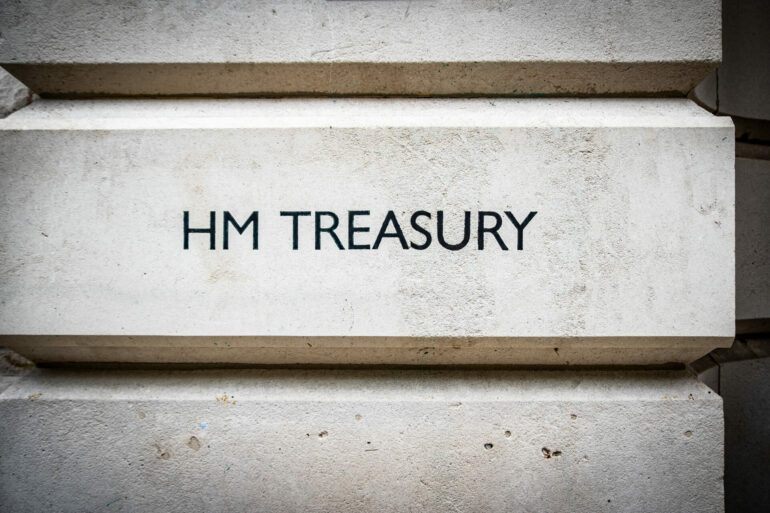The Lifetime ISA has delivered a £1bn net gain for the Treasury since 2021, according to Confederation of British Industry (CBI) Economics research commissioned by Moneybox.
For every £1 spent, the Government got back £1.45 in fiscal revenue.
Since 2019/20, the scheme added £9.4bn to the UK economy and supported over 110,000 jobs.
Economic impact grew from £640m in 2019/20 to nearly £3bn by 2024/25, more than four times higher in five years.
Most deposits came from those earning £30,000 to £40,000 a year, who put in over £600m in 2024/25.
Cecilia Mourain, chief homebuying & savings officer at Moneybox, said: “As the UK’s leading Lifetime ISA provider, we see first-hand the difference this product makes.
“It helps young people across the UK save for their future, build financial confidence, and achieve life goals that might otherwise feel out of reach.
“This analysis unequivocally demonstrates the value and impact of this product.”
Mourain added: “With a few considered measures to future-proof it for the next generation, LISAs can go even further in unlocking financial opportunity and resilience for generations to come.”
More than half of users bought a home earlier, usually five years sooner, according to English Housing Survey data and Moneybox records.
In 2023/24, £1.3bn was withdrawn for house purchases and 87,250 people used a Lifetime ISA to buy their first home.
The product is also used for retirement saving, with 81% of users saying it improved saving behaviour and 84% saying they felt more financially secure, according to Moneybox.
Fiscal benefits to the Treasury came from Stamp Duty Land Tax, mortgage interest tax, housing spend, new build activity, land registry fees, and withdrawal penalties.
The withdrawal penalty fee made up 8.3% of these revenues.
Jobs supported covered construction, legal services, financial services, and supply chain roles.
The Lifetime ISA is expected to generate a total £4bn fiscal contribution by 2040.



